Optimal Timing for Asphalt Sealings
Determining the optimal time for asphalt sealings depends on climate conditions, temperature ranges, and the condition of the pavement. Proper timing ensures maximum adhesion and durability, extending the lifespan of the asphalt surface.
Sealings are best applied when temperatures are consistently between 50°F and 85°F. This range allows the sealant to cure properly and adhere effectively.
Dry weather with minimal humidity and no rain forecasted for at least 24 hours is ideal for sealings to set and cure properly.
Sealings should be applied when the asphalt surface is clean, dry, and free of debris, oil, or standing water for proper bonding.
Spring and fall are typically suitable seasons in temperate regions, avoiding extreme cold or heat that can compromise the sealing process.

Ways to make Asphalt Sealings work in tight or awkward layouts.
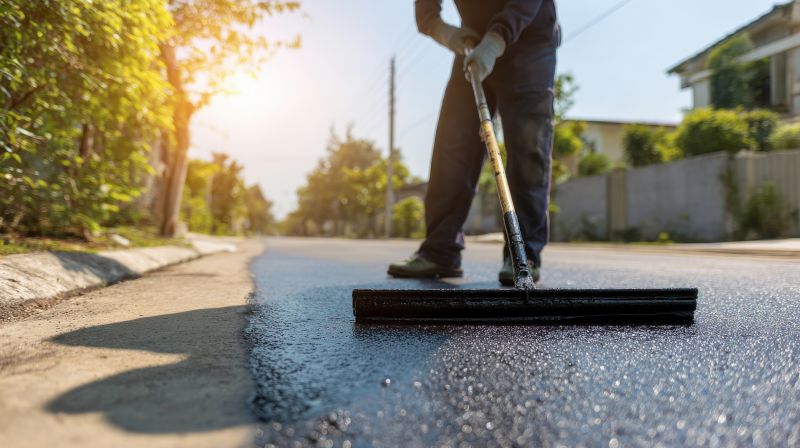
Popular materials for Asphalt Sealings and why they hold up over time.
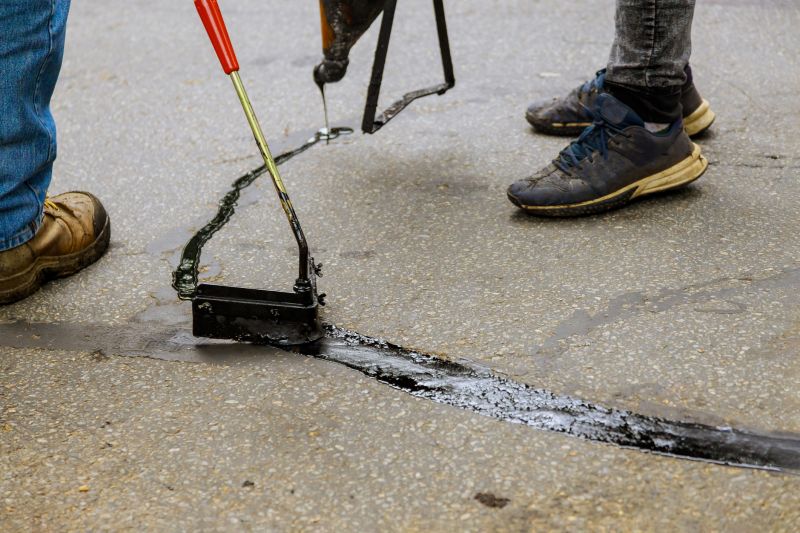
Simple add-ons that improve Asphalt Sealings without blowing the budget.

High-end options that actually feel worth it for Asphalt Sealings.
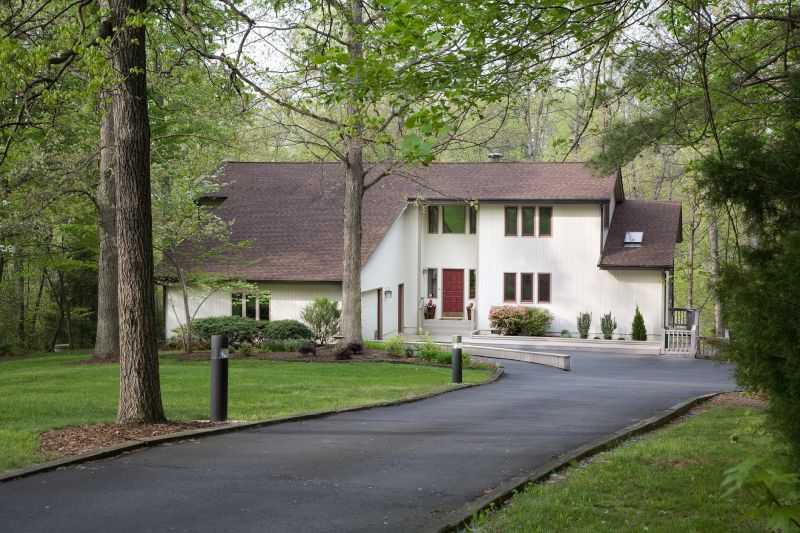
Finishes and colors that play nicely with Asphalt Sealings.
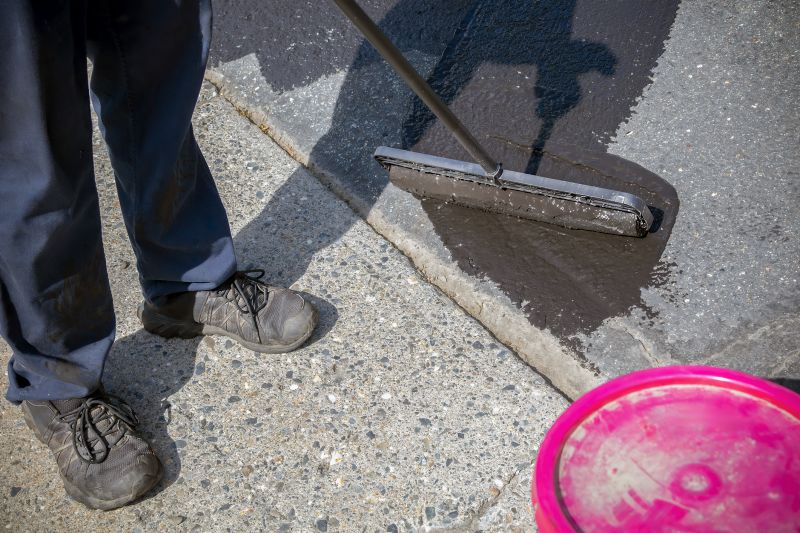
Little measurements that prevent headaches on Asphalt Sealings day.
| Season | Ideal Temperature Range |
|---|---|
| Spring | 50°F to 70°F |
| Summer | 70°F to 85°F |
| Fall | 50°F to 70°F |
| Winter | Not recommended in freezing temperatures |
Asphalt sealings serve as a protective barrier against water, UV rays, and chemicals, helping to preserve the asphalt surface. Proper timing maximizes the effectiveness of the sealant, preventing cracks and deterioration. Regular maintenance through timely sealings can extend the life of asphalt pavements significantly, reducing long-term repair costs.

A 60-second routine that keeps Asphalt Sealings looking new.
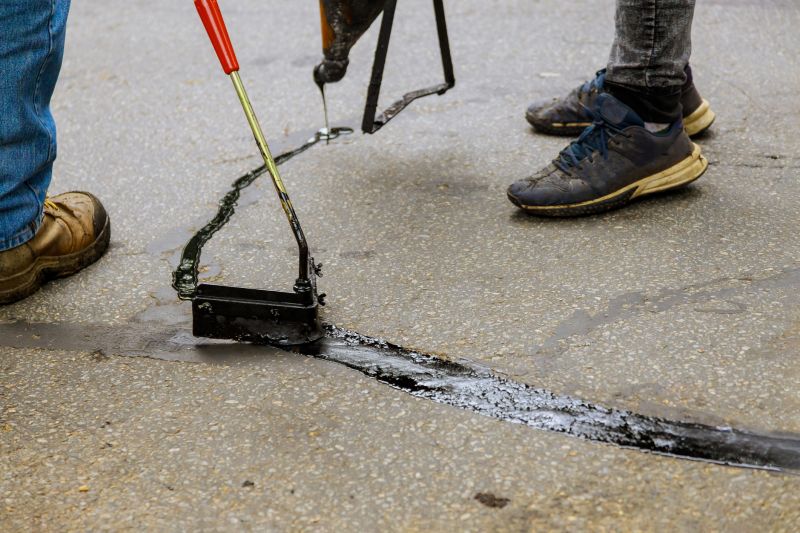
A frequent mistake in Asphalt Sealings and how to dodge it.
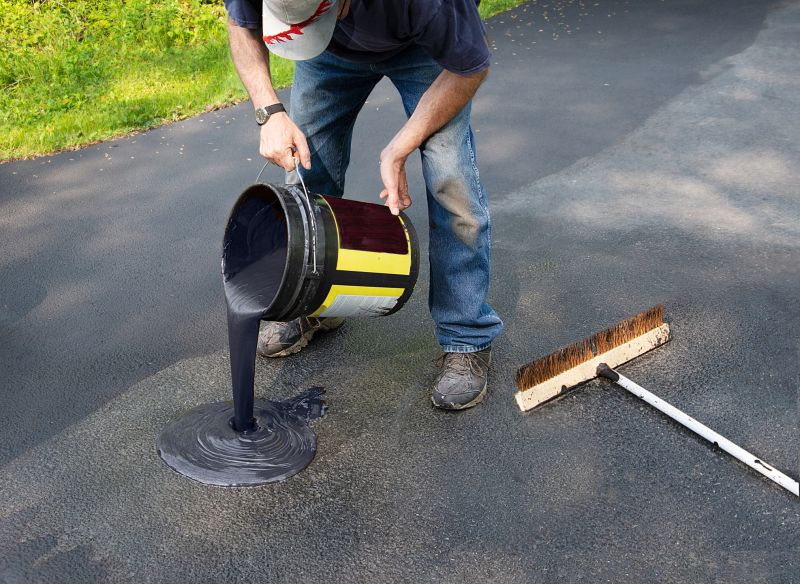
Small tweaks to make Asphalt Sealings safer and easier to use.
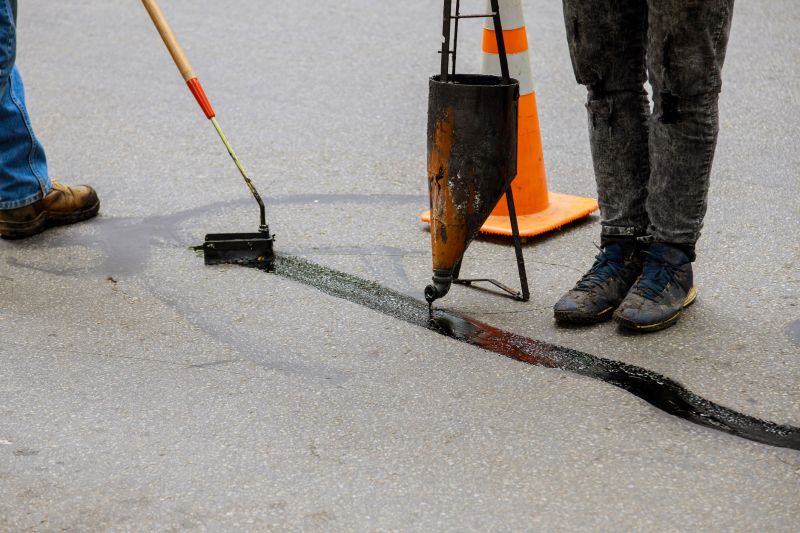
Lower-waste or water-saving choices for Asphalt Sealings.
Interested in scheduling asphalt sealings? Filling out the contact form provides an opportunity to discuss timing options and receive professional recommendations tailored to specific pavement conditions and local climate patterns.
